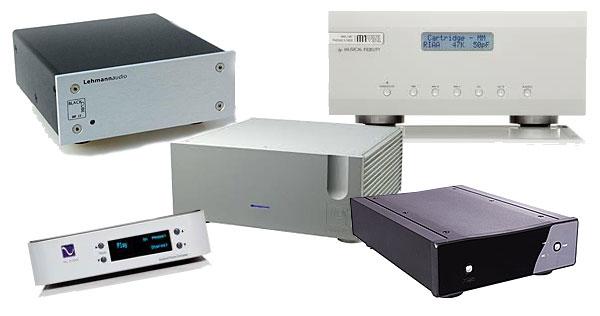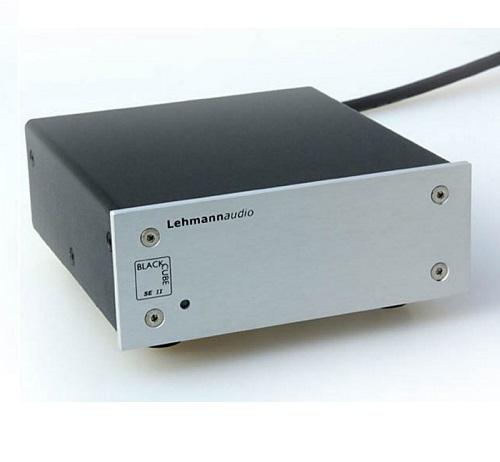Phono Preamp Reviews
Sort By: Post Date TitlePublish Date
|
Jul 30, 2014
|
Jun 23, 2014
|
Apr 16, 2014
|
Feb 28, 2014
|
Jan 18, 2014
|
Jan 15, 2014
|
Dec 29, 2013
|
Dec 03, 2013
|
Dec 01, 2013
|
Dec 27, 2012
|
Sep 10, 2012















